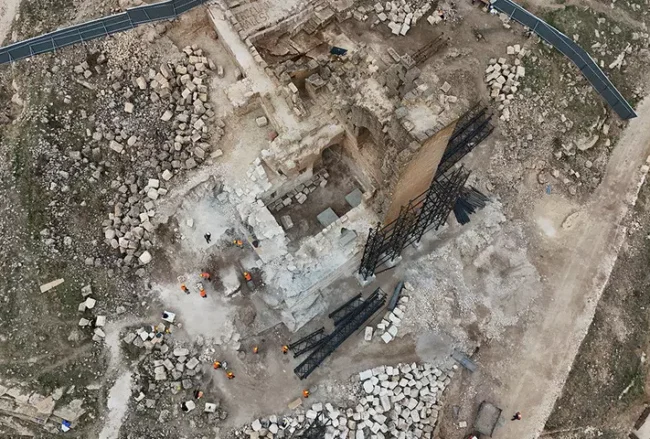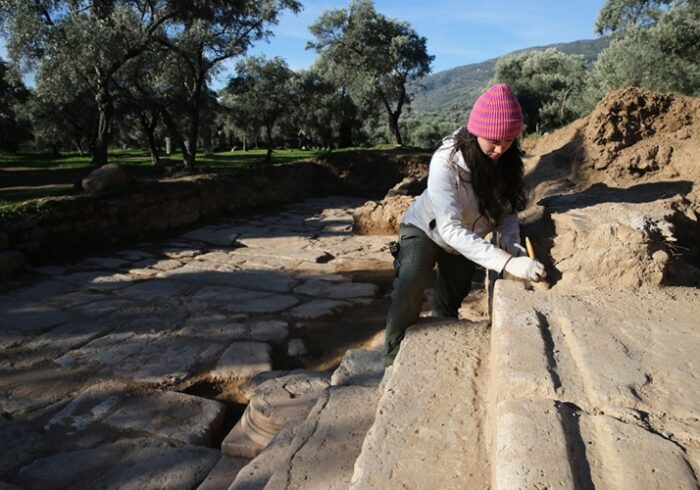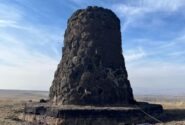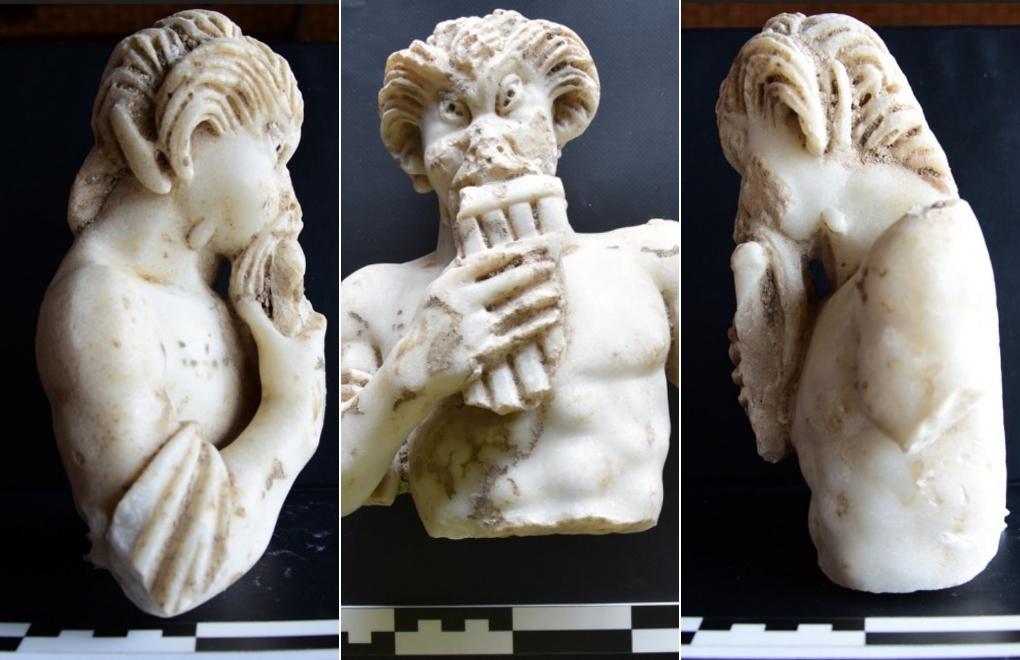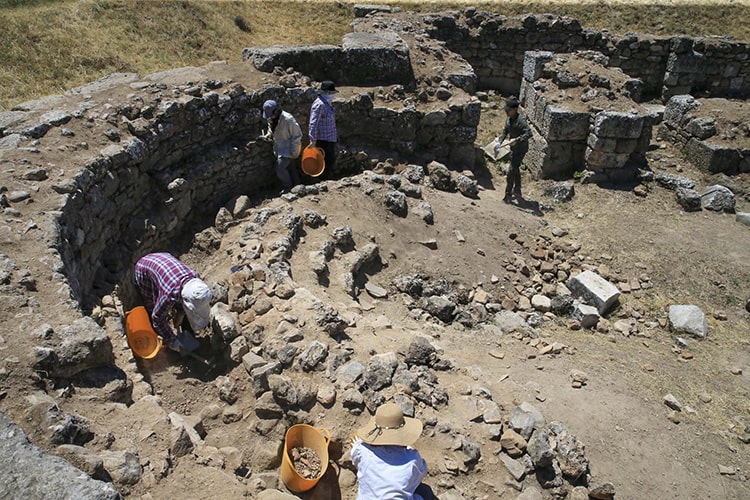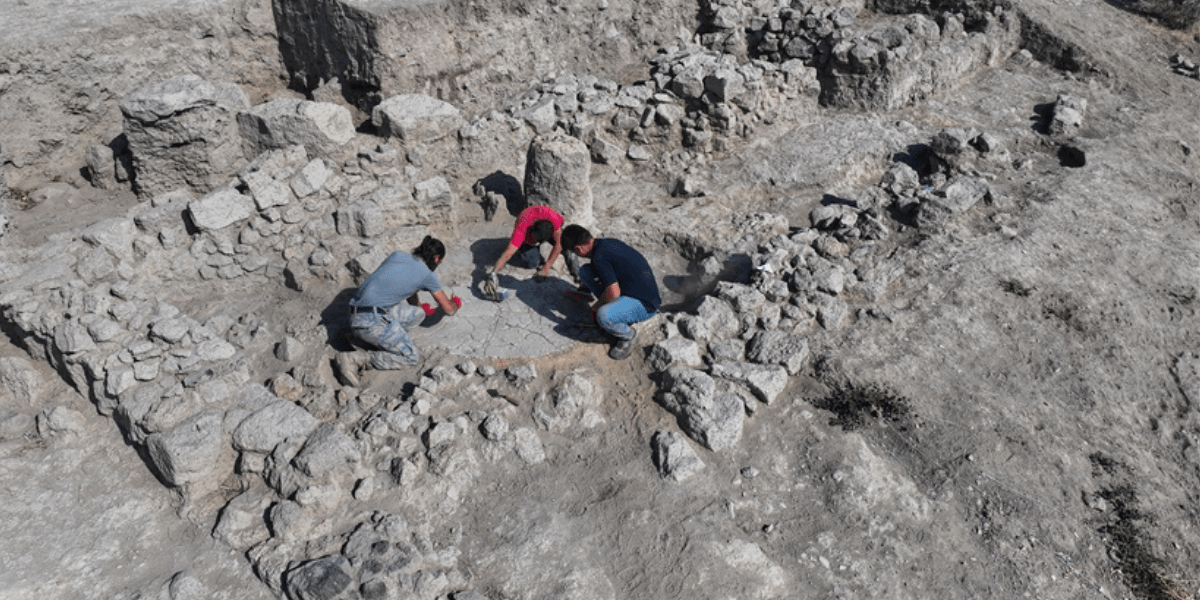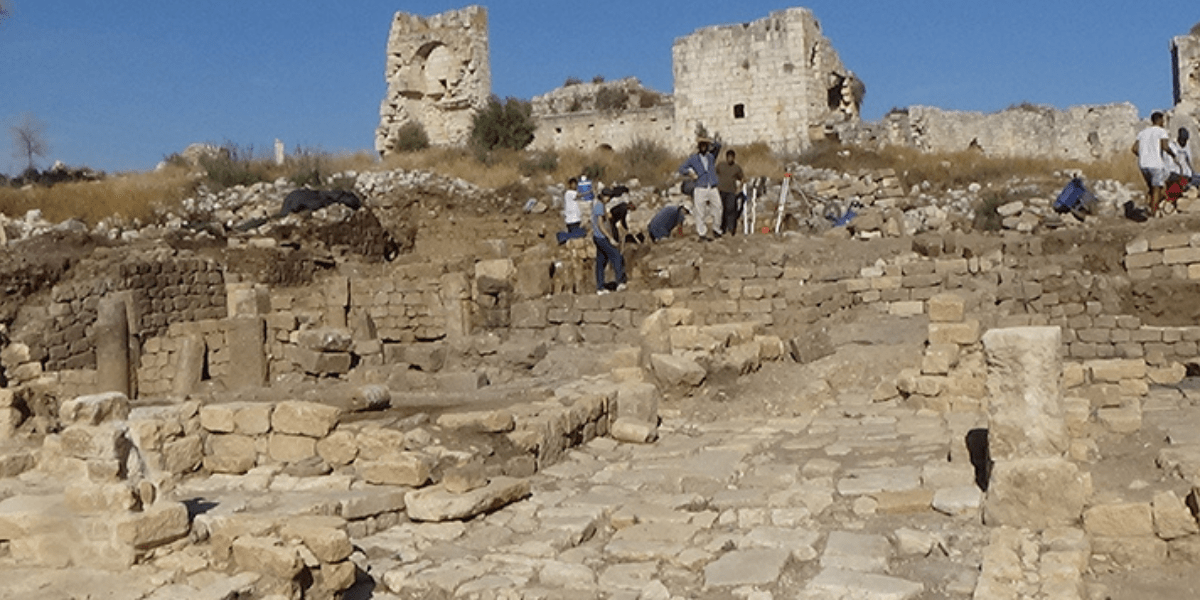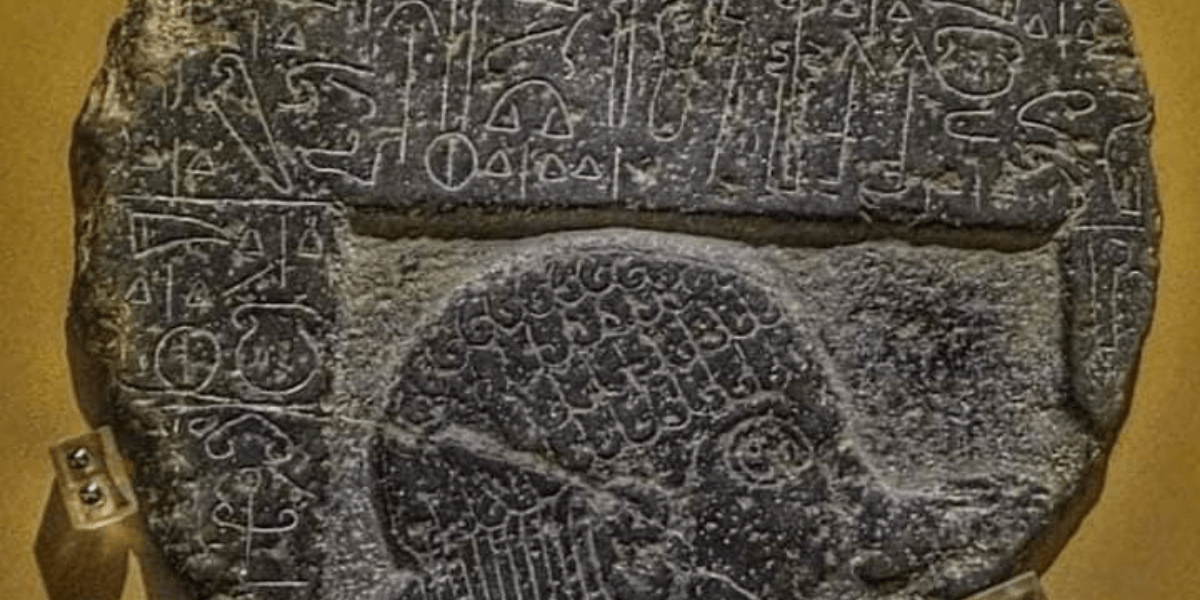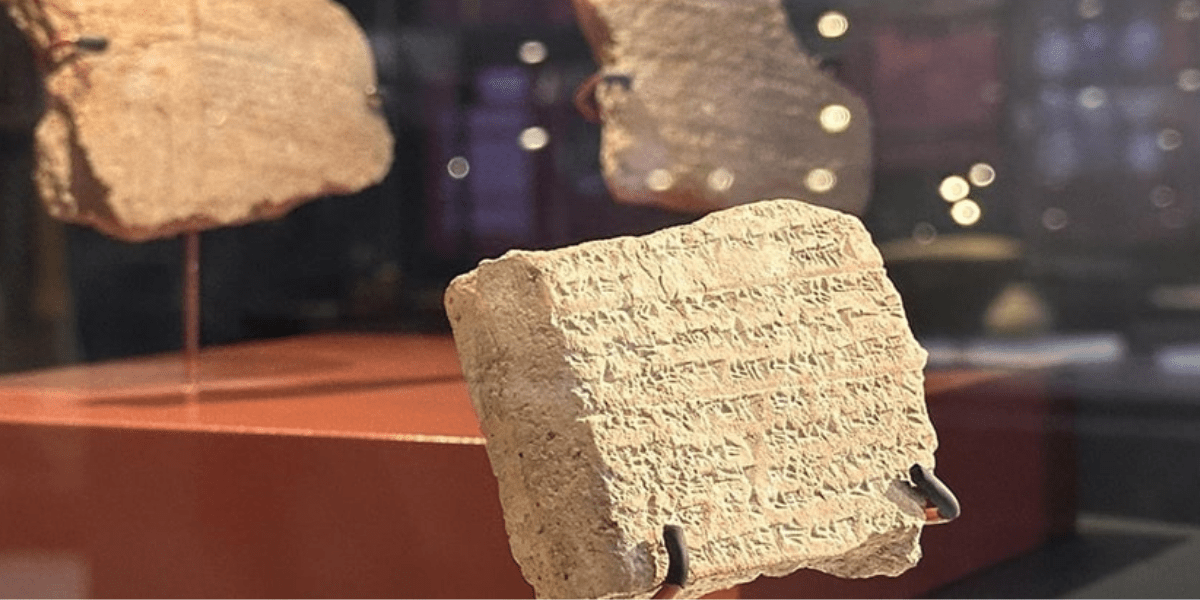At Nysa, the Road to Knowledge Emerges Again: 1,800-Year-Old Steps to a Roman Library Revealed
In the early hours of the excavation season, as the soil was carefully lifted from a Roman street in western Anatolia, a forgotten route resurfaced — one that once led directly to knowledge itself. At Nysa Ancient City, archaeologists have uncovered a set of marble steps dating back roughly 1,800 years, revealing how ancient visitors


